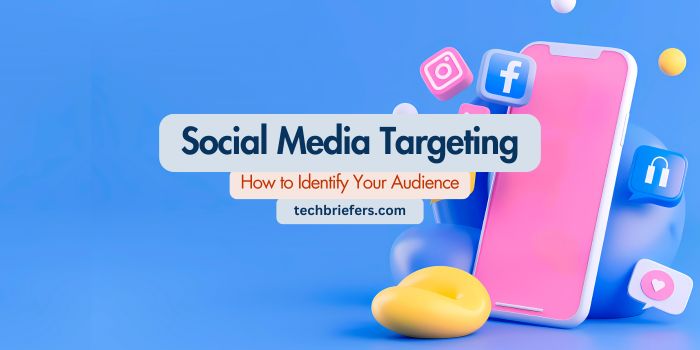Social Media Targeting: How to Identify Your Audience

If you’re just starting your social media project or aren’t sure what niche you should target, you’ve come to the right place.
In this article, you’ll learn how to define your social media audience with clarity and purpose. Doing this helps you craft better content, use the right tone, and connect more effectively.
Why Defining Your Social Media Audience Matters
If you try to speak to everyone, you may end up reaching no one at all.
Launching a project on social media requires understanding exactly who you’re speaking to. One of the main reasons for poor interaction—or low sales—is the lack of a defined target audience.
Without a clear audience profile, your messaging becomes generic. Generic content doesn’t connect with users or inspire action. In contrast, when you know your audience, you can:
- Select the right tone of voice
- Craft relevant content
- Choose the most effective social platforms
- Optimize your ad budget by targeting only those likely to convert
To do this well, you must go through a structured process. This includes:
- Quantitative analysis: Estimate how many people are interested
- Qualitative analysis: Understand their needs, goals, and challenges
Let’s look at these two phases step by step.
Also Read: Content Types to Increase Social Media Engagement
Phase One: Quantitative Analysis of the Target
This step involves gathering data, percentages, and statistics. While it may seem technical, it lays the foundation for everything else.
Example: Imagine you own an e-commerce site selling sports products.
Your first goal is to find out how many people are potentially interested. Start by identifying market segments:
- How many people typically shop online?
- Of those, how many shop for sports products?
Rather than targeting all online shoppers, focus on those buying sports gear or apparel. That gives you a more realistic and specific audience size.
Where Can You Find This Data?
You can use reliable data sources like:
- ISTAT
- HubSpot
- Industry research reports
- National statistics portals
- Market analysis publications
Now, apply the same logic to social media targeting:
- How many people aged 20–30 are interested in fitness?
- How many in that age group actively use social media?
By combining this data, you’ll arrive at a realistic estimate of your reachable audience.
Phase Two: Qualitative Analysis of the Target
This phase focuses on microdata—the footprints people leave behind online.
Here, your goal is to understand:
- What your audience needs
- Their goals and frustrations
- Their preferences, habits, and behaviors
This step transforms raw numbers into real human insights.
How to Gather Qualitative Data:
- Conduct interviews, surveys, or questionnaires
- Read customer reviews and FAQs on Amazon or similar platforms
- Analyze social media comments, hashtags, and captions
- Use forums like Quora and Reddit to find common questions and feedback
By using these methods, you’ll get detailed information about your audience’s mindset. This can inform your content strategy and even your product offerings.
Final Results: What Did We Achieve?
After completing both quantitative and qualitative research, you’ll have a clear picture of your ideal social media audience.
This includes:
- Their motivations and emotional triggers
- Their fears and objections
- Growth potential within your niche
- Data-driven content ideas
- Insights for product development
- Better communication strategies
Understanding your audience leads to more meaningful interactions. Over time, this process will also help you discover needs and interests that weren’t initially visible.

Leave a Reply